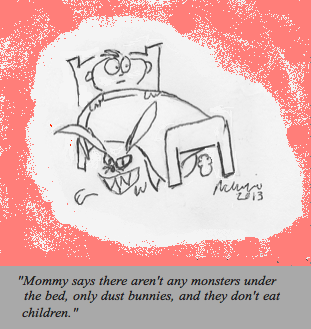 ‘Tis the season for indoor allergies. We’re all inside a lot, and the heat is blowing through dry, dusty vents. With our energy-saving windows and doors, we’ve created houses where the allergens that tickle our noses can circulate again and again. But there’s no reason to break out the Kleenex® every year. Here are keys to cutting down on indoor allergens:
‘Tis the season for indoor allergies. We’re all inside a lot, and the heat is blowing through dry, dusty vents. With our energy-saving windows and doors, we’ve created houses where the allergens that tickle our noses can circulate again and again. But there’s no reason to break out the Kleenex® every year. Here are keys to cutting down on indoor allergens:
If your kids have sensitive noses, consider opting for an artificial Christmas tree instead of a live one. Mold spores love evergreens and storage outside before your purchase can make live trees rather dusty. If you do opt for the live tree, one remedy is to hose off mold and dirt from your tree in your driveway before bringing it indoors.
To keep dust down in general in your home, do your best to mop rather than vacuum. Vacuums can spew dust into the air. When you vacuum, use one with a HEPA filter. Or you could replace dust-trapping carpets with wood floors.
Kids spend nearly half of their days sleeping, so it’s imperative to keep their bedrooms allergen free. Mattress and pillow covers will trap dust mites and their droppings, which trigger allergic reactions, away from your allergic kids’ noses. Unfortunately, these microscopic creatures are ubiquitous.
Also, get the stuffed animals and real animals out of the bedrooms. However, if your child needs to snuggle with his stuffed bunny at night to sleep well, don’t take it away, but at least try to clean it. A good wash and then high heat in the dryer at 130 degrees F for 20 minutes kills dust mites. Alternatively, extreme cold of -17 degrees C to -20 degrees C will also kill mites. While we’ve never heard of anyone putting their child’s “Bun-Bun” into the freezer, we suppose it is an option.
Avoiding allergy triggers is more effective than employing air filtration systems. In fact, many experts argue that filtration makes little difference in air quality in a well-ventilated house. However, we know that some parents will still consider buying a filter. While there are no national standards, the EPA does have guidelines. Since ozone is a known lung irritant, avoid products that specifically claim to generate ozone in order to clean the air.
What to do about the vents in your home? The jury is out. Some experts argue that cleaning vents stirs up decades of dust. On the other hand, less dirt in a ventilation system is less dirt that can spew into the house.
One last word on allergy medication: antihistamines. Some are marketed for indoor allergies. But indoor and outdoor antihistamines all work alike. They all block the action of histamine, which is the substance your body releases when it encounters a substance that you are allergic to. Histamines cause those allergy symptoms of general itching, watery eyes, runny nose, sneezing, wheezing, coughing, etc. So the best antihistamine is simply the one that works for your kids.
Above all, don’t despair. Before you know it, the winter will swirl by, the flowers will bloom … and it will be time for spring allergies!
Naline Lai, MD and Julie Kardos, MD
©2013 Two Peds in a Pod®



